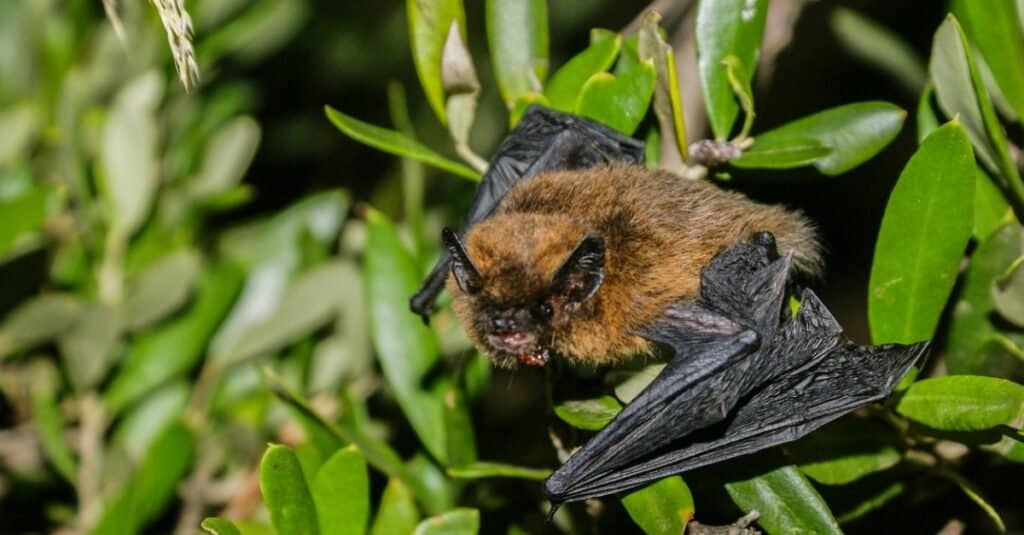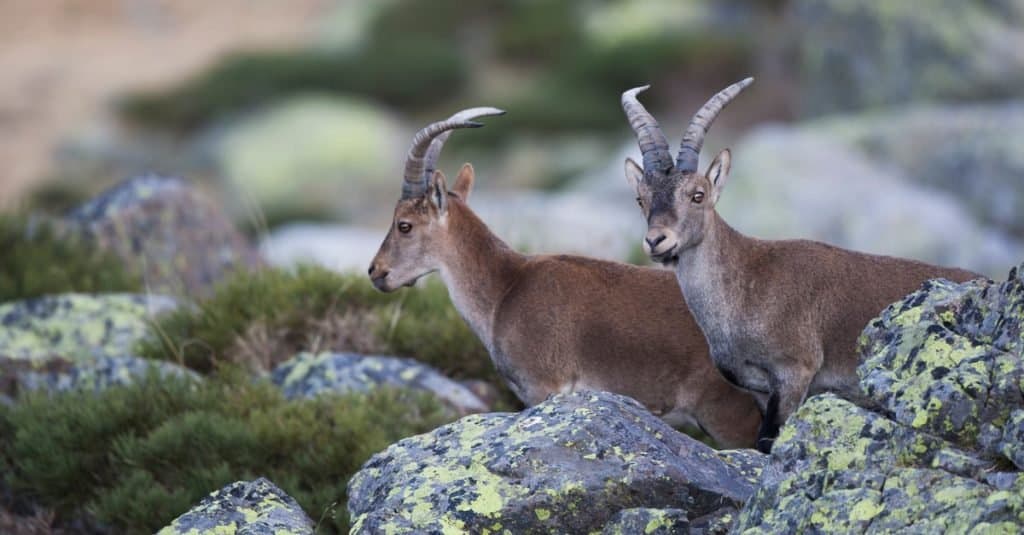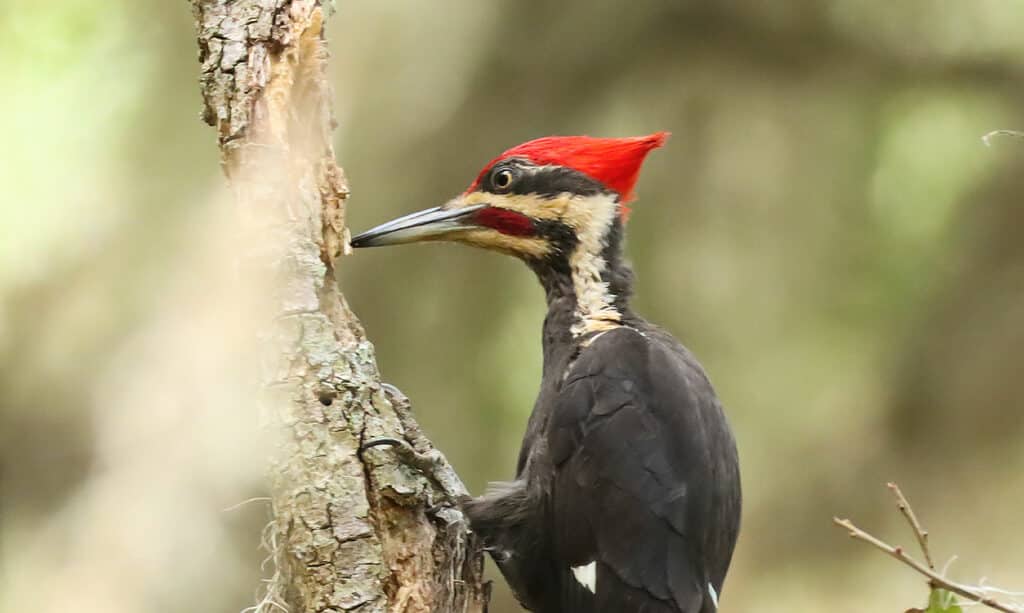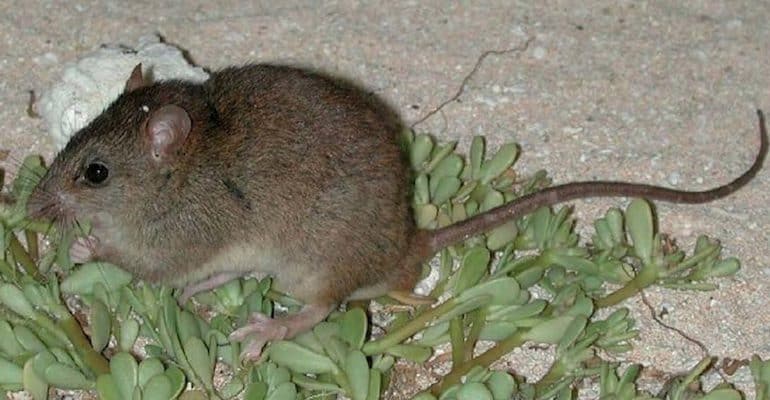The main idea behind the Endangered Species Act in the US is to protect animals under its care from going extinct. Unfortunately, when a species is threatened and needs protection under the Endangered Species Act, it takes the U.S. Fish and Wildlife Service about 12 years to put safeguards in place. Because of this and other delays in habitat restoration around the world, some endangered animals have recently ceased to exist. In addition, some species that have long been considered likely extinct were recently declared after decades of searching for surviving individuals.
Around 50 endangered species have been declared extinct while waiting for protection. Disruptions of the planet’s ecosystems are having a cascade effect on the natural world. Scientists describe the decline in species on the planet as the 6th mass extinction.
In today’s industrialized world, around 25% of animal species are threatened with extinction. Studies show that animals are going extinct around 10,000 times faster than they did before the existence of humans.
Some have suggested that changes in ecosystems were causing native plants to drive extinction on the same level as invasive species, but a study proved that isn’t the case. Invasive species are a much larger threat to the extinction of new species. Climate change, habitat loss, and invasive species are contributing to the rapid decline of animal life around the world.
There are success stories, however. Animals like elk and wild turkeys are doing extremely well due to conservation efforts. However, that doesn’t mean that fewer animals are disappearing than we’re saving from extinction.
For this article, recent will be defined as extinctions in the 21st century to avoid ambiguity. What are 6 endangered animals recently declared extinct?
6 Endangered Animals Recently Declared Extinct
These are 6 animals that were declared extinct recently:
- Christmas Island Pipistrelles
- Pyrenean Ibexes
- The Po’ouili
- Splendid Poison Frogs
- Ivory-Billed Woodpeckers
- Bramble Cay Melomys
1. Endangered Christmas Island Pipistrelles Are Recently Extinct

Shown is a common pipistrelle which is similar to the endemic Christmas Island pipistrelle that is extinct.
©iStock.com/ACM1988
Christmas Island is located south of Indonesia in the Indian Ocean and it’s owned by Australia. These small bats were once common but were moved to the endangered list. Sadly, the last individual was seen in 2009. It was declared extinct in 2017. They then add to the list of endangered species declared extinct.
Deforestation isn’t the problem with these bats because the forests of this island are still mostly intact. It’s believed that invasive species like the oriental wolf snake, cats, and rats are responsible for the demise of these pipistrelles.
2. The Pyrenean Ibex Are Declared Extinct

The Pyrenean ibex went extinct when the last individual died in 2000.
©Alexandre Boudet/Shutterstock.com
The Spanish ibex has faced the loss of 2 subspecies to extinction including the Pyrenean ibex. In 2000, this ibex was declared extinct after the last known female was found dead on January 6th.
Nobody is sure why they went extinct but it was most likely a combination of competition with invasive species, diseases, and poaching that did them in.
They were a common sight in Spain and France before the 19th century. By the 1900s, the population was reduced to about 100 individuals.
Since scientists were able to recover the body of the last known individual, they were able to preserve cells that they used to try and clone the Pyrenean Ibex. The resultant baby died within minutes of birth.
Researchers are continuing to explore cloning as a method of reintroducing endangered animals recently declared extinct.
3. The Po’ouili Are Newly Extinct

Mosquitos are arguably the most deadly invasive species on the planet.
©iStock.com/panom
The Po’ouili were forest birds endemic to East Maui. It was first discovered in 1973 and it was listed as the most endangered forest bird in Hawaii before it disappeared, bringing it to be our next endangered species declared extinct.
There were an estimated 150 of these birds in the wild in 1981. By 2003, there were only 3. The last confirmed sighting was in 2004.
These birds are believed to have gone extinct for familiar reasons. Disease, invasive predators, and habitat loss are the most likely culprits. It was declared extinct in 2021.
One of the invasive species that wreaks havoc on foreign animal populations is the mosquito because of its ability to quickly spread diseases. The effects of mosquitos on endemic life around the world are immeasurable. When mosquitos are invasive, they wreak havoc on ecosystems.
The Po’ouili used to enjoy eating snails, insects, and spiders.
4. Endangered Splendid Poison Frogs Are Recently Extinct

A fungal outbreak killed the splendid poison frogs.
©Agustin Herrera C/Shutterstock.com
The last of these frogs were spotted in 1992 and they were declared extinct in 2020. They used to live in the western Cordillera Central in Panama and especially liked wet forests and humid lowlands.
In 1996, there was a fungal outbreak. The Chytrid fungus outbreak was devastating. It’s believed this event is what wiped the frogs out.
The Chytrid fungus is a skin fungus that causes disease in frogs. It feeds on the keratin that’s part of a frog’s skin. Since frogs use their skin to breathe, this suffocates them. This fungus also causes neurological problems.
They used to be a popular pet so some of these frogs may exist in captivity. However, there are no official specimens in zoos or with researchers.
5. Elusive Ivory-Billed Woodpeckers Are Declared Extinct

Ivory-billed woodpeckers were the largest
woodpecker
in North America.
©iStock.com/Wirestock
They were declared extinct in 2021 though the last official sighting was in 1944 by a person in Louisiana. Ornithologists, or bird experts, have engaged in a heated conversation about whether this bird still exists. Some claimed to have seen it, but these reports are dubious.
It used to live in the Southern United States in the woodlands but these woodlands disappeared quickly due to the logging industry. It was North America’s biggest woodpecker. Their primary edible was beetle larvae which they found in trees by stripping bark.
Ivory-billed woodpeckers also loved the swamps of the South. It was a small population to start but poaching and harvesting for private collections undoubtedly helped drive them to extinction.
Its official extinction has made waves in the birding community.
6. The Bramble Cay Melomys Are Newly Extinct

The official cause of extinction for the Bramble Cay melomys is climate change.
©State of Queensland // CC 3.0 – License
As sea levels rise, the vegetation on the small island of Bramble Cay becomes more imperiled. This leads to the loss of vital habitat for the terrestrial animals on the island.
The coral island at the edge of the Great Barrier Reef called Bramble Cay hosted the last known sighting of this rodent in 2009. It was declared extinct by the international community in May of 2015. The Australian government confirmed its extinction in 2019.
The government of Queensland State declared that the official cause of extinction is climate change. This is the first mammal receiving this depressing accolade in the region. The demise of the Bramble Cay melomys’ population was aided by more frequent storm surges.
The photo featured at the top of this post is © Agustin Herrera C/Shutterstock.com
Thank you for reading! Have some feedback for us? Contact the AZ Animals editorial team.






